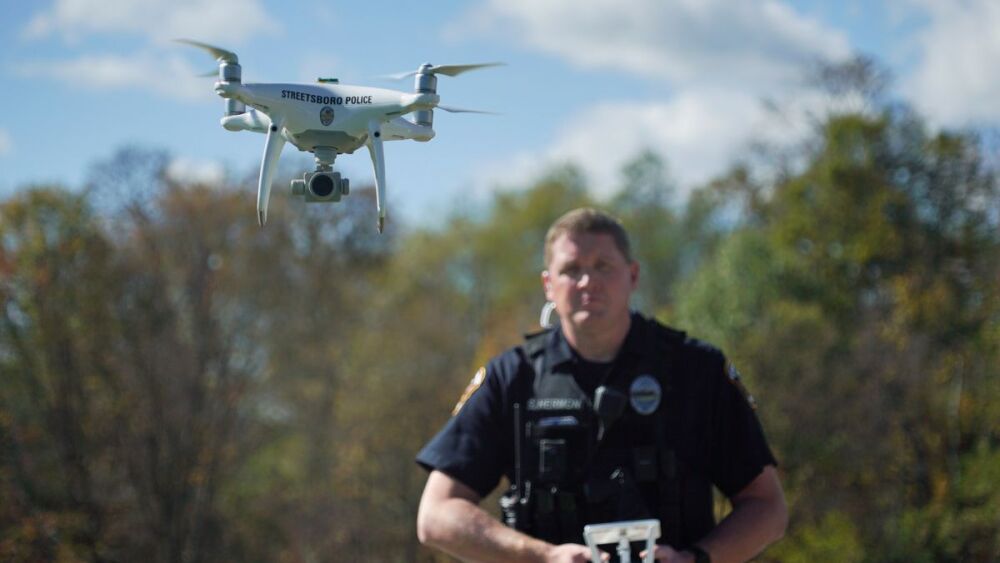Technology
Cut login delays and boost officer safety: Modernize access without slowing down the mission
How early caller context can transform dispatch, RTCC awareness and field safety
Prevent in-the-field failures with standardized, app-based vehicle inspections
The cameras being tested in Edmonton, Alberta, aim to identify individuals from a “high-risk” watchlist
GPS-enabled optics could prevent blue-on-blue shootings by giving officers real-time identification tools that improve coordination and reduce tragic misidentification during operations
Discover how truly interoperable systems empower your agency, protect your data rights and boost performance across the board
As 911 centers face growing demand, AI call automation can reduce hold times, ease workload and improve service without adding personnel
Discover how to build strong community backing for your RTCC with clear messaging, proactive engagement and a partnership-first approach
The Metropolitan Washington Council of Governments leads an interjurisdictional effort to display crime data and guide public safety decisions
A landmark cross-border training highlights the deadly reach of cartels, Chinese chemical networks, and the urgent need for unity between U.S. and Canadian law enforcement
Turning fragmented theft data into prosecutable evidence
How one Pennsylvania agency turned a local registry into a technology tool that speeds response and protects vulnerable community members
Learn how forward-thinking chiefs are applying AI to streamline documentation, optimize resources and strengthen accountability
Transparency builds the public support decision-makers need to confidently fund your Drone as First Responder program
Bobby Rader has served on an ag crime unit for 16 years, during which time he has never been able to respond to copper wire theft in real time; he hopes COP-R-LOCK will change that
Generative AI is emerging in police work. Join chiefs exploring how to harness its potential while addressing the challenges of oversight and trust
Gain insights into investigative methods that ensure accuracy, consistency and courtroom-ready results
A look at what first responders need now – and what they need next
When critical tools don’t sync, officers are the ones left filling the gaps — and they’re calling for change
From case triage to fentanyl networks, generative AI can transform unstructured data into actionable intelligence — when guided by oversight and ethics
As AI tools move from buzzword to beat partner, chiefs must set policy, establish oversight and ensure transparency before adoption
A homegrown Power BI platform is redefining CompStat in Windsor, transforming static spreadsheets into live, visual command intelligence
Police chiefs shared how AI-assisted 360-degree evaluations are saving time, reducing bias and turning feedback into leadership development
Experts cautioned agencies to vet AI-driven tools carefully, ensuring transparency, accountability and ethical use remain at the core of every decision
From cutting minutes off response times to transforming how officers view a call, DFR programs are rewriting the definition of “first on scene”
The Tijuana attack reveals a growing transnational threat — and the urgent need to modernize how state and local agencies acquire counter-UAS tools
How to evaluate and select the right technology to streamline operations and transform first responder efficiency
This graphic breaks down common AI concepts and shows how they support law enforcement
At the National Real Time Crime Center Association conference, law enforcement leaders outlined six trends shaping how agencies build data-driven hubs that deliver real-time intelligence when it counts
MOST POPULAR
- Key considerations for a law enforcement drone policy
- What Trump’s executive order on law enforcement signals for the future of AI in policing
- Microsoft outages affecting LE agencies, dispatch centers across the country
- Accreditors: Waymo meets compliance standards for first responder cooperation program
- Okla. PD’s drone program credited in rescue of man struck by train































